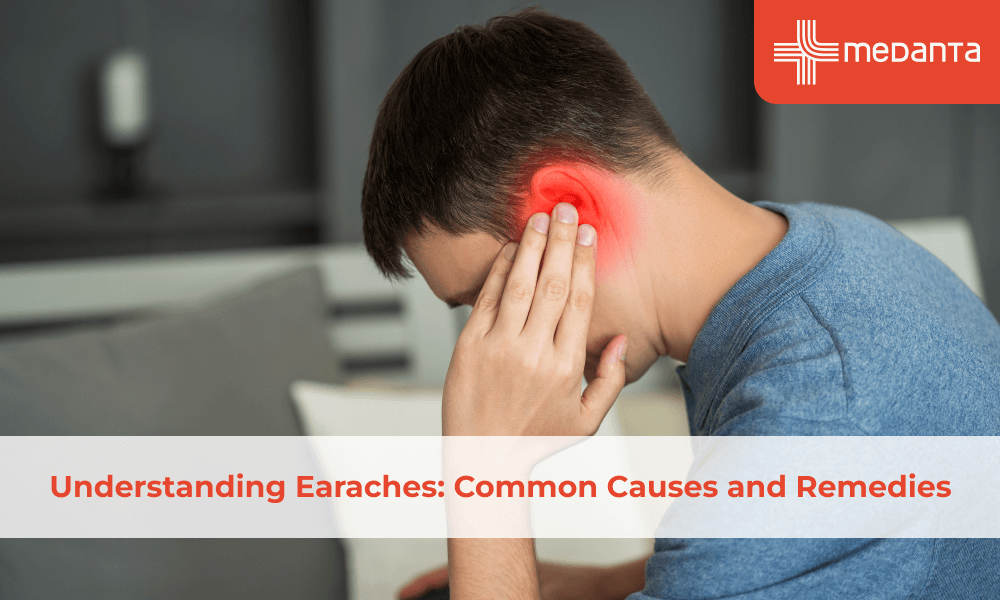Golden hour in heart attack

Heart has three coronary arteries for its blood supply. Sudden 100% blockage of one of its arteries by blood clot is called heart attack.
Narrowing of coronary artery mainly occurs by deposition of cholesterol, fibrous tissue, foam cells and calcium. It is age related and more common beyond 50-60years. But high blood pressure, cholesterol, diabetes, smoking, obesity, sedentary habits, social and mental stress accelerates this process of narrowing resulting in heart attacks at a younger age (<40years).
How to identify Heart Attacks
The classical symptom is pain (more of discomfort) in center of chest or feeling as if some weight has been put on chest or burning in chest. This comfort goes on increasing without break and may last for 30min to few hours. It is often associated with feeling of impending death, sweating, restlessness, dyspnoea or radiation of pain to one or both shoulders and at times to neck and jaws.
Heart attack can present with more of acute breathlessness and sweating rather than chest pain especially in diabetes, elderly and women and hence diagnosis is often missed or delayed.
Golden hours in Heart Attack
Fifty percent of the acute heart attack patients die before they reach hospital. First 4 hours are most crucial. With every hour more and more heart muscle is damaged and more the damage, more is the risk to life.
In the first two hours marked changes in heart rate can occur leading to heart blocks with slowing of heart rate or ventricular tachycardia which can be fatal. Many of these can only be handled in ICCU setting with temporary pacemaker and defibrillators and hence early admission to ICCU is first step.
STEPS TO DISSOLVE CLOT AND OPEN ARTERY
- Coronary artery which is 100% blocked by clot needs to be immediately opened up.
- The best method of opening coronary artery in acute heat attack is coronary angioplasty and stenting. It saves many more lives and limits size of heart muscle damage. Thus, reaching early after chest pain to a cardiac cath-lab (operational 24x7) has the best chance of survival.
- Second best option is use of clot dissolving drugs called i.v. thrombolytic agents if there is delay in reaching a cardiac cath-lab equipped hospital. But, this should be followed by coronary angioplasty and stenting within 6 to 24 hours depending upon the patient condition. This is called pharmaco-invasive approach. Beyond 48 hours the procedure is of much less value.
- Before reaching the hospital aspirin 325mg tablet must be chewed. Aspirin is an anti-platelet drug which immediately starts dissolving clots rich in platelet thrombi.
- Coronary angiography is done by right arm without any cut under local anaesthesia. Totally blocked artery is identified, wire is passed through the block, clot is sucked, narrowing dilated with balloon and then a stent (stainless steel wire mesh) is placed to maintain constant flow.






